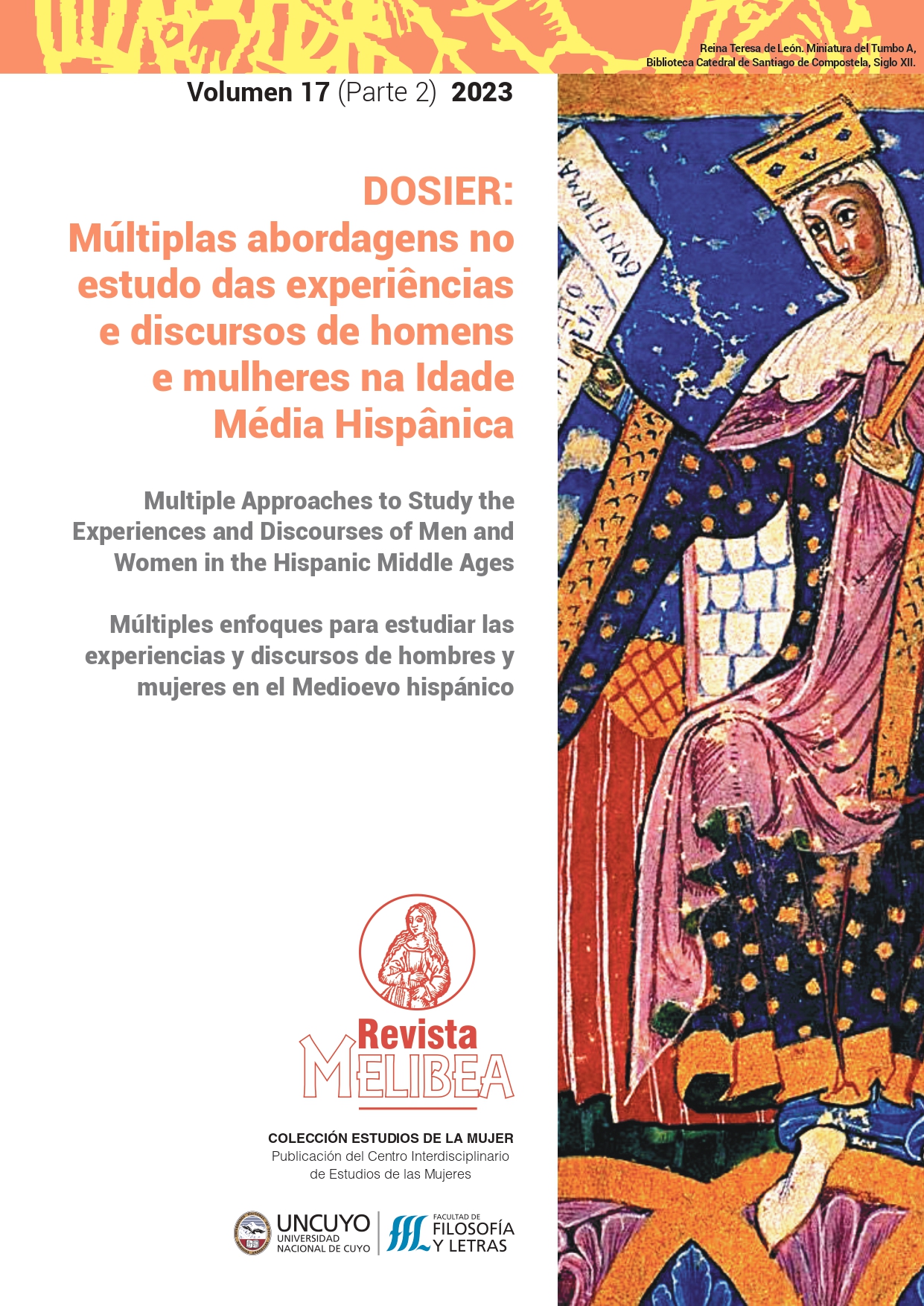The Art of Deceit in The Book of Good Love and The Celestina
Keywords:
A Go-between, The Book of Good Love, CelestinaAbstract
This essay compares the success of the two go-betweens from The Book of Good Love and The Celestina. The success of these two characters will be measured by defining what a go-between is, what they do, and how well the two go-betweens did their job. It is important to measure the success of these two go-betweens be- cause it is the very success of the Celestina as a go-between that makes a small con- tribution to her being a popular character in literature and continues to be used as the archetype of the go-between in different literary contexts.
References
BARLETTA, Vincent (2008), "Trotaconventos and the Mora: Grammar, Gender and Verbal Inte- raction in the Libro de buen amor", La corónica, 37.1, 339-363.
BOTTA, Patrizia (1994). “La magia en La Celestina”, Dicenda: Cuadernos de Filología Hispánica, 12, 37-67.
CALVO PEÑA, Beatriz (2003), “Las estrategias de Rojas: de cómo una “puta vieja” se convierte en sujeto histórico y literario”, Celestinesca, 27, 43–60.
MORAL DE CALATRAVA, Paloma (2012), "Frígidos y Maleficiados: Las Mujeres y los Remedios contra la Impotencia en la Edad Media", Asclepio, 64.2, 353-372.
LIDA DE MALKIEL, María Rosa (1961), Two Spanish Masterpieces: The 'Book of Good Love' and 'The Celestina, Illinois Studies in Language and Literature, 49-50.
DE ROJAS, Fernando (1990), La Celestina, ed. Dorothy Severin, Madrid, Cátedra.
FRAKER, Charles F. (1990), Celestina: Genre and Rhetoric, London: Tamesis Books.
FRANCOMANO, Emily (2013), "'Este Manjar es Dulçe': Sweet Synaesthesia in the Libro de Buen Amor”, eHumanista: Journal of Iberian Studies, 25, 127-144.
GALÁN, Mercedes Alcalá (1996), "Voluntad de Poder en 'Celestina'", Celestinesca, 20.1, 37-55.
GILMAN, Stephen, and Margit FRENK DE ALATORRE (1974), La Celestina: Arte y Estructura, Ma- drid, Taurus.
MORROS MESTRES, Bienvenido (2010), "Areúsa en La Celestina: De la Comedia a la Tragicome- dia", Anuario de Estudios Medievales, 40.10, 355-385.
PALAFOX, Eloísa (2018), "Las Máscaras de Trotaconventos: Retórica, Emociones y Mediación en el Libro de Buen Amor", Letras, 77. Recuperado de: https://repositorio.uca.edu.ar/ handle/123456789/3613.
PARODI, Karime (2020), "From Seduction to Sexual Assault: Consent and Heterosexual Inte- raction in the Libro de Buen Amor", La Corónica, 49.1, 45-72.
REAL ACADEMIA ESPAÑOLA. Diccionario de la Lengua Española, 23rd ed., version 23.6 online, Recuperado de: https://dle.rae.es.
RUIZ, Juan (1992), Libro de buen amor, ed. Alberto Blecua, Madrid, Cátedra.
TOZER, Amanda J. A. (2003), “La Identidad Masculina en 'Celestina'”: La Emasculación de Pármeno", Celestinesca, 27, 149-164.
Downloads
Published
How to Cite
Issue
Section
License

This work is licensed under a Creative Commons Attribution-NonCommercial 4.0 International License.
Esta obra está bajo una Licencia Creative Commons Atribución-NoComercial 4.0 Internacional.
Los/as autores/as que publican en esta revista están de acuerdo con los siguientes términos:
1. Los/as autores conservan los derechos de autor y garantizan a la revista el derecho de ser la primera publicaci´´ón del trabajo bajo una licencia Creative Commons Atribución-NoComercial 4.0 Internacional. Por esto pueden compartir el trabajo con la referencia explícita de la publicación original en esta revista.
2. Revista Melibea permite y anima a los autores a difundir la publicación realizada electrónicamente, a través de su enlace y/o de la versión postprint del archivo descargado de forma independiente.
















